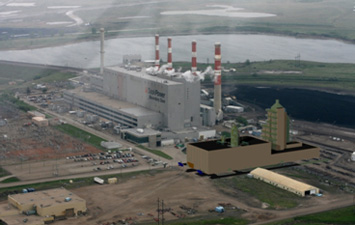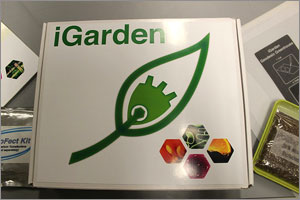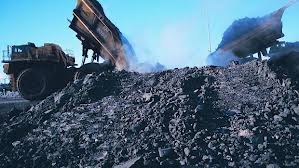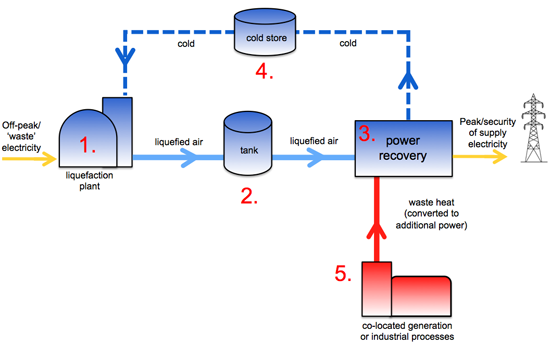This week’s headlines look at the latest controversy around synthetic life, and a whole bunch of energy stories including: a new oil sands technology that promises to dramatically reduce greenhouse gas emissions, a new energy technology that uses water, electricity and biomass to make biofuels, a carbon sequestration project at a coal-fired power station that promises to capture one million tons of CO2 per year, and the latest in renewable energy sources, liquid air. As always I encourage you to comment, ask questions and provide input on topics I write about or feature. And should you come across an interesting technology or scientific breakthrough that you feel should be included in this blog please don’t hesitate to let me know. Enjoy the read!
Biomedicine Update: Synthetic Life – Are We Unleashing an Evil Genie or Creating a New Eden?
Today we can sequence the DNA of all kinds of life. This sequencing has allowed us to identify traits that we can use to imprint on to new synthetic life forms. Why do we want to do this? Because we can create new medications and vaccines, synthesize biofuels, clean up environmental pollution, and improve agricultural yields to feed humanity. These are noble goals. But many fear we are tinkering in an area of science that could lead to disastrous outcomes. Science fiction novels like John Wyndham’s, “The Day of the Triffids,” come to mind. But synthetic biology has enormous potential. Here’s why:
Pamela Shiver, at Harvard Medical School, is one of a number of scientists developing synthetic biology to detect DNA damage in cells. The goal is to create technology for early screening of cancer and other diseases.
Researchers at the Wyss Institute at Harvard are creating tool kits to create custom-designed plants by introducing new genetic material to enhance flavour, reduce allergens, or create an alternative to photosynthesis for generating energy.
Genome Canada is funding a number of synthetic biology projects at Canadian universities. One of these at the University of Calgary is decoding the DNA of the opium poppy to synthesize pain relievers like codeine and morphine. Another is a project at Concordia University in Montreal where scientists are decoding the genetic information from 75 different medical plant species with the goal to industrially synthesize and enhance these medicines to make them more effective.
Energy Update: New Oil Sands Extraction Technology Being Tested to Reduce Carbon Emissions
The black eye that the oil sands get from environmentalists is well deserved. Bitumen extraction has scarred the landscape of Northern Alberta. It has left immense settling ponds that are laced with chemicals and oil derivatives from creating synthetic crude. Oil sands operations have threatened the downstream communities on the Athabasca River which flows into the Mackenzie, Canada’s longest river system, and the one most vulnerable to environmental degradation because of its sub-Arctic to Arctic locale.
Having said that, what if a technology could be devised that changes the way bitumen is harvested from oil sands? What if that technology didn’t use massive amounts of water? And what if that technology left no open scars on the landscape? Well that is what Imperial Oil is testing right now in a $100 million investment to prove that what works in the laboratory can be transferred into the field successfully. The technology uses solvents instead of steam to inject into subsurface oil sand deposits to get the bitumen to flow. If the field test is successful the industry will be able to access 80% of oil sand reserves this way while dramatically reducing greenhouse gas emissions.
I know many of you are saying but how does that help us move away from fossil fuels as our primary energy source? It obviously doesn’t. But what it does do is deal with our current reality of fossil fuel dependence and the technology and global infrastructure that these energy sources support, something we have to live with for several more decades in the 21st century until we can develop a enough capacity through sustainable renewable energy sources.
Energy Update: A Recipe for Biofuels, Take Water + Sugar + Electricity
Combine a cup of water with a jolt of electricity and add sugar from biomass and voila you have biofuel. That’s what a chemical engineering team from three universities: University of Wisconsin-Madison, University of Massachusetts-Amherst, and Gwangju Institute of Science and Technology of South Korea, have invented. They call it electrofuel. How does it work?
The technology is called biomass-to-biofuel reduction. It begins by reversing a normal fuel cell process. If you remember fuel cells, they have been used as power and oxygen generators on space flights. By reversing fuel cell processes using a proton-exchange-membrane, the team of researchers have demonstrated they they can convert biomass containing acetone into isopropanol, a gasoline additive. This makes it possible to take glucose as a raw material source and turn it into hexanes, the significant components of gasoline. The goal is to commercialize the technology and run biomass-to-biofuel reactors overnight during low demand electricity periods so they can churn out biofuel and oxygen using water and glucose from biomass.
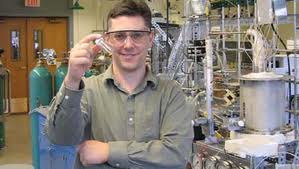
Energy Update: A “Clean Coal” Carbon Sequestration Project Gets the Green Light
In Estevan, Saskatchewan, Canada has added a second major carbon capture and sequestration (CCS) project to its growing list of pilot and funded commercial sites. In a previous blog I reported on the Shell Quest venture. But unlike Quest this project is attached to an existing coal-fired power plant that annually generates 100 Megawatts of electricity. With the CCS “clean coal” technology the plant will capture up to 1 million tons of CO2 each year and inject the gas into nearby depleted oil wells where it should assist in recovering more oil from these sites.
Known as Boundary Dam 3, the plant burns lignite, also known as brown coal, the most highly polluting form of coal. CCS technology will capture the CO2 from the flue gas to reduce carbon emissions from the plant by 90%. The gas will then be compressed and transported by pipeline to the oil wells where it will be injected underground. The plant will also integrate SO2 capture as part of the project.
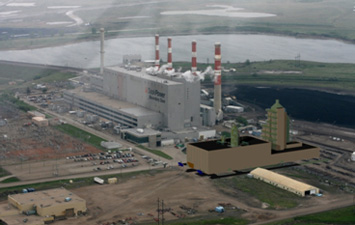
Energy Update: Liquid Air?
The biggest challenge that solar and wind energy face is the variability in output. The Sun goes down. The wind dies. But if you can store the excess energy produced by both when they are operating then you can create sustainable continuous power. The storage choices that can make this possible include heat sinks using molten salt, large-scale batteries, pumped and compressed storage.
Now add a new technology – cryopower. A United Kingdom company, Highview Power Storage, has developed a proprietary system to store renewable energy by compressing and liquefying air. Since 2010 the company has been operating a 300 Kilowatt pilot plant demonstrating the commercial viability of the technology.
Highview creates liquefied air using recovered power from any source to cool air and store it in liquid state. Liquefied air to gaseous air undergoes a a 700 times expansion rate. In the process of phase change the expansion within a confined space is used to drive a turbine attached to a generator. The result, continuous, reliable power 24/7.
A Postscript
With over 6,500 page views in the last month, the number of visitors continues to grow here at 21st Century Tech. And the 21st Century Tech Facebook, site broke the magic “like” milestone last week. So I thank all of you who continue to drop by. If you have just arrived here and are not aware you can subscribe to 21st Century Tech and get new blog articles sent to your email inbox. Just enter your email address in the box at the top right-hand side beneath the search field and you won’t miss another posting. Once again, thanks!
– Len Rosen
